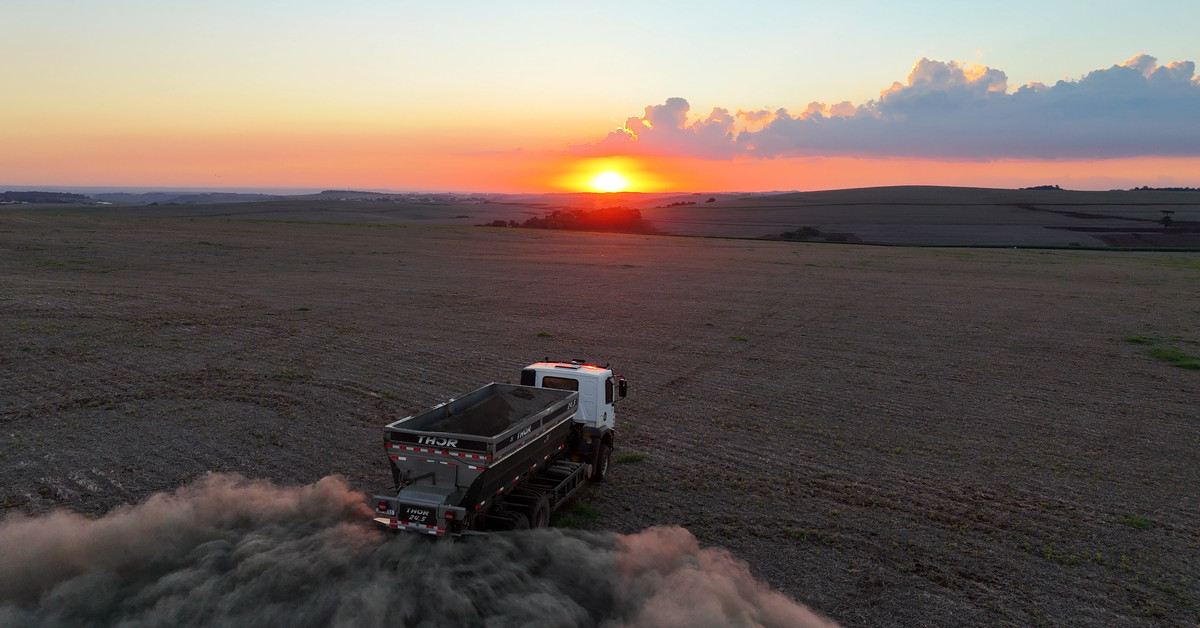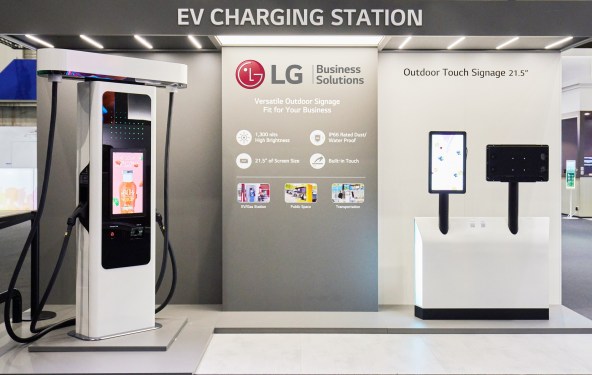Google and Other Companies Invest in Carbon Dioxide Removal using Rocks
In an effort to mitigate the impact of their pollution on the climate, Google and other big companies have partnered with a startup called Terradot to trap carbon dioxide using rocks. This approach is part of a broader strategy known as Enhanced Rock Weathering (ERW), which involves speeding up a natural process that can take thousands of years to occur.
A Big Deal for Carbon Removal
The deals were brokered by Frontier, a carbon removal initiative led by Stripe, Google, Shopify, and McKinsey Sustainability. Google, H&M Group, and Salesforce are among the companies that have collectively agreed to pay Terradot $27 million to remove 90,000 tons of carbon dioxide from the atmosphere. The company also announced its own deal with Terradot to purchase an additional 200,000 tons of carbon removal, although it declined to disclose the cost.
The Science Behind Enhanced Rock Weathering
ERW attempts to speed up a natural process that occurs when rainfall "weathers" or breaks down rocks, releasing calcium and magnesium and triggering a chemical reaction that traps CO2 in water as bicarbonate. Groundwater carrying this bicarbonate eventually makes its way to the ocean, where it is stored and kept out of the atmosphere.
Terradot’s Approach
Terradot has developed a method for accelerating this process by crushing up rock and spreading it out over a large area, increasing the surface area of exposed rock that reacts with CO2. The company takes basalt from quarries in southern Brazil to nearby farms, where farmers can use the finely-ground basalt to manage soil pH and carbon removal is an added benefit.
Partnership with Brazil’s Agricultural Research Agency
Terradot has struck up a partnership with Brazil’s agricultural research agency (EMBRAPA), allowing the startup to use this strategy on over one million hectares of land. The hot, humid climate in Brazil also helps to speed up the weathering process.
The Challenges Ahead
However, there are challenges ahead for Terradot and other companies investing in carbon removal. One of the main concerns is measuring the effectiveness of ERW, as it’s hard to determine how much CO2 is actually trapped. Google admits that precision measurement tools are needed, but that deploying this approach widely in the real world is key.
Uncertainty Remains
Professor Oliver Jagoutz, a geology expert at MIT, notes that uncertainty remains around how much CO2 Terradot will be able to trap. "How much they sequester is still the outstanding question," he says. However, he believes that trying ERW in the real world is worth it, even if there are uncertainties.
Google’s Carbon Footprint
Google has a significant carbon footprint, with its energy-hungry AI data centers contributing to climate change. The company has recently announced plans to develop advanced nuclear reactors and new solar and wind farms to power its data centers with carbon pollution-free electricity.
Carbon Removal as a Supplemental Strategy
While Google’s investment in ERW is a step in the right direction, it’s essential to remember that carbon removal should not be seen as a substitute for emissions reductions. "It’s very clear that this is not a substitute for emissions reductions at all… we need both of these tools," says Kanoff.
Conclusion
The partnership between Google and Terradot marks an exciting development in the field of carbon removal. While there are challenges ahead, it’s essential to continue investing in innovative approaches like ERW. As Jagoutz notes, "We don’t have the luxury to overthink it right now."



